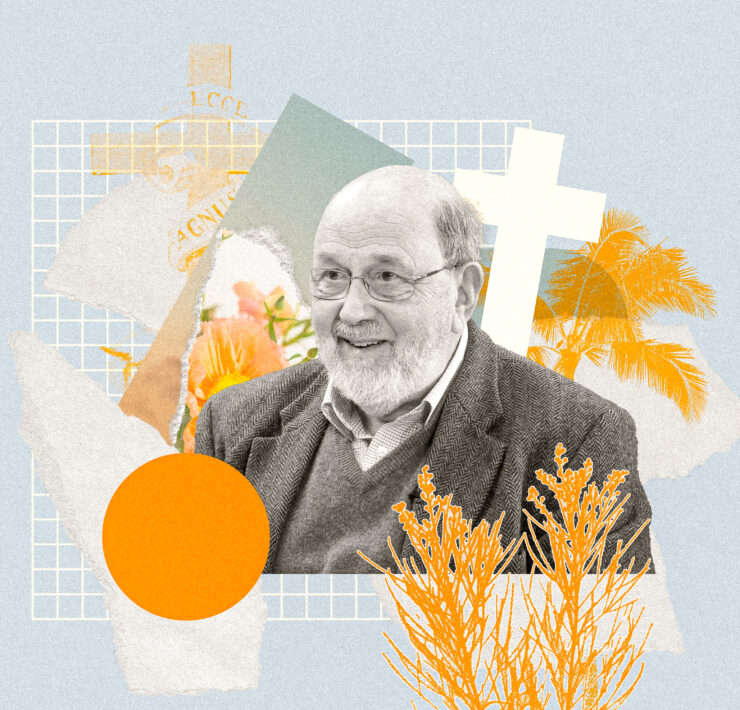I’ve always been fascinated with neurology and other brain-related science, particularly the kinds of weird stuff Oliver Sacks writes about in his books. One of my favorite brain conditions is synesthesia, the little-understood phenomenon in which the five senses get mixed up in the brain. People “suffering” from this condition — and I put that in quotes because a lot of synesthetes see it as a gift — experience crossover when it comes to sensory perception. That is, sometimes things like language or math or music get mixed up with colors or textures or physical sensations.
example? My sister’s friend Tara Leigh Cobble — a wonderful indie musician and writer whose music and books you should totally check out here and also here — has always associated musical notes and guitar chords with colors. She didn’t think anything of it until, at concerts, she kept telling the sound guys that her guitar sounded “too purple,” and she needed it to be more orange. Obviously, this caused some confusion, because what the heck does orange sound like? But to TLC, the link between a certain sound and a certain color was as real as the strings on her guitar.
It’s not just colors, either. In this article at Discover Magazine, a woman says that the sound of acoustic guitars feels “like someone is blowing on my ankles.” Which is awesome.
There’s a great article at Salon this week (“The Letter E is Purple“) from Alison Buckholtz about growing up with synesthesia. At first it made her feel, she says, “like a freak.” Later she learned to love it as a way to experience the world more deeply. Maybe that’s why it’s been linked to artistic originality. Duke Ellington had it, “hearing” colors in music. Radiohead’s Thom Yorke is said to do the same, along with John Mayer. The great Russian novelist Vladimir Nabokov wrote extensively about his experience of synesthesia in his autobiography.
I’m pretty sure I personally have a mild form of synesthesia. I’ve always associated colors with numbers and certain letters of the alphabet. It’s not anything I ever thought about or voluntarily assigned. It’s just always been that way. 1 is royal blue. 2 is a bluish-green. 3 is a golden yellow. 4 is blue-purple. 5 is red. 6 is green. 7 is dark blue. 8 is light yellow. 9 is purple. 10 and 11 don’t really have colors, and neither do any other two-digit numbers except for the ‘teens, which take on the characteristic of the last digit (13 is golden yellow).
In my mind, a few letters have colors — E is always blue, F is brown, G is always green — but not all of them. For instance, Q doesn’t have a color, nor does X. My synesthesia also extends to days of the week and months of the year (Wednesday = purple, August = yellow). But that’s it. Even though I’m a musician, there’s no color/texture/sensory weirdness associated with music. Notes are just notes. Guitars are just guitars.
Anyway, now everyone thinks I’m a crazy person. Which is fine, as long as you understand that my craziness has a name, and there are other people — creative, successful people — who are equally crazy. It’s never bothered me, or confused me, or made me feel weird. Until I heard of synesthesia in my early 20s, I just thought it was normal.
But I wouldn’t trade it at all. It’s like the difference between traditional 2D Disney animation I grew up with and the 3D stuff my kids enjoy. The world is deeper, richer, fuller than it would be otherwise (there’s a good metaphor for Christianity in there, too). If I had to choose between a black & white alphabet and an alphabet that looks like a rainbow, I’ll choose the rainbow everytime.
Here’s a good overview of synesthesia for kids (which means I can pretty much understand it).
And Blue Cats and Chartreuse Kittens, by Patricia Lynn Duffy, is an excellent book about it.
So…any other synesthetes out there?
(cross-posted from jasonboyett.blogspot.com)




















